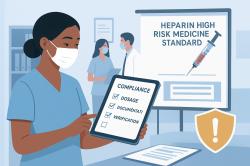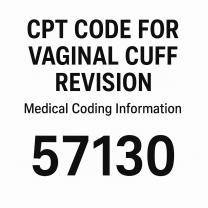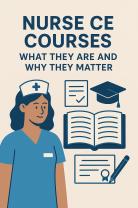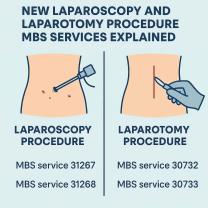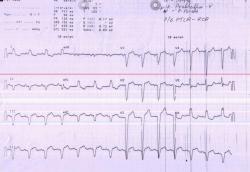What are the policies and procedures to minimize drug errors?
To minimize drug errors, healthcare organizations implement various policies and procedures designed to ensure safe medication practices. Here are key policies and procedures commonly used:
1. Standardized Medication Orders
Use of clear, legible, and unambiguous prescriptions.
Prefer electronic prescribing (e-prescribing) to reduce handwriting errors.
2. Double-Check Systems
Require independent double-checks by two qualified healthcare professionals for high-risk medications or dosages.
3. Medication Reconciliation
Verify patient medication lists at every transition of care (admission, transfer, discharge) to prevent omissions or duplications.
4. Use of Barcoding Technology
Implement barcode scanning for medications and patient IDs to ensure the right patient gets the right drug and dose.
5. Clear Labeling and Storage
Properly label all medications and store look-alike/sound-alike drugs separately to avoid confusion.
6. Staff Education and Training
Regular training sessions on medication safety, updates on new drugs, and error reporting procedures.
7. Error Reporting and Analysis
Encourage non-punitive reporting of medication errors and near misses.
Analyze errors to identify system flaws and implement corrective actions.
8. Patient Involvement
Educate patients about their medications to encourage questions and catch potential errors.
9. Use of Clinical Decision Support Systems (CDSS)
Integrate alert systems in electronic health records that flag potential drug interactions, allergies, or dosage errors.
10. Clear Communication Protocols
Use standardized communication tools like SBAR (Situation-Background-Assessment-Recommendation) to convey medication orders clearly among healthcare team members.
Effective policies to minimize drug errors in healthcare focus on a multi-layered approach that includes standardized procedures, staff education, and the strategic use of technology.
How Are Drug Error Policies Implemented in Hospitals?
Drug error policies are implemented through a combination of administrative oversight and practical application.
Policy Creation and Dissemination: Hospital management, often in collaboration with pharmacy and nursing leadership, drafts comprehensive policies based on national and institutional safety standards. These policies are then distributed to all relevant staff, with mandatory sign-offs to ensure they have been read and understood.
Integration into Workflow: The policies are not just documents; they're integrated into the daily workflow. For example, a policy requiring two nurses to verify a high-risk medication dose becomes a standard part of the medication administration process.
Auditing and Feedback: Hospitals regularly audit compliance with these policies. This includes reviewing medication administration records and conducting observational audits. The findings are used to provide feedback to staff, identify areas for improvement, and update policies as needed.
What Procedures Ensure Medication Safety?
Medication safety procedures are the practical steps staff take to prevent errors. A core element is the "Seven Rights" of medication administration: the right patient, right drug, right dose, right time, right route, right documentation, and right reason. Other key procedures include:
Medication Reconciliation: This is a formal process of creating an accurate list of a patient's current medications at points of transition, such as admission, transfer, or discharge.
It helps prevent errors like omissions, duplications, or incorrect dosages. Independent Double-Checks: For high-risk medications (e.g., insulin, heparin, chemotherapy), two nurses or a nurse and a pharmacist must independently verify the medication, dose, and route before administration.
Standardized Dosing Protocols: Using pre-approved, standardized order sets for common conditions helps reduce variability and the potential for misinterpretation of a physician's handwritten orders.
How Do Staff Get Trained to Prevent Drug Errors?
Training is a continuous process that begins with new employee orientation and continues throughout a staff member's career.
Initial Training: New hires receive thorough training on the hospital's specific medication policies and procedures. This often includes hands-on practice and competency assessments.
Continuing Education: Regular training sessions, workshops, and online modules are used to update staff on new drugs, policy changes, and emerging safety concerns.
Error Analysis and Learning: When an error or near-miss occurs, the event is analyzed to identify the root cause.
The lessons learned from these events are then shared with staff to prevent similar incidents in the future. This creates a culture of learning, not just blame.
What Role Does Technology Play in Minimizing Errors?
Technology is a powerful tool in the fight against drug errors, providing multiple layers of safety.
Electronic Health Records (EHRs): EHRs make patient information readily accessible and legible. They also include features like allergy alerts and drug-drug interaction warnings that pop up before an order is placed.
Computerized Provider Order Entry (CPOE): CPOE systems allow physicians to enter medication orders directly into the computer.
This eliminates the risk of misinterpreting handwritten prescriptions. Bar-Code Medication Administration (BCMA): With BCMA, nurses use a scanner to match the bar code on the patient's wristband to the bar code on the medication.
The system then alerts the nurse if it's the wrong patient, drug, or dose. Smart Infusion Pumps: These pumps have built-in dose error reduction software that contains a library of medications and their safe dosing limits. If a nurse attempts to program a dose outside of these limits, the pump will sound an alarm.



